I'm having a hard time finding examples for rotating an image around a specific point by a specific (often very small) angle in Python using OpenCV.
This is what I have so far, but it produces a very strange resulting image, but it is rotated somewhat:
def rotateImage( image, angle ):
if image != None:
dst_image = cv.CloneImage( image )
rotate_around = (0,0)
transl = cv.CreateMat(2, 3, cv.CV_32FC1 )
matrix = cv.GetRotationMatrix2D( rotate_around, angle, 1.0, transl )
cv.GetQuadrangleSubPix( image, dst_image, transl )
cv.GetRectSubPix( dst_image, image, rotate_around )
return dst_image
